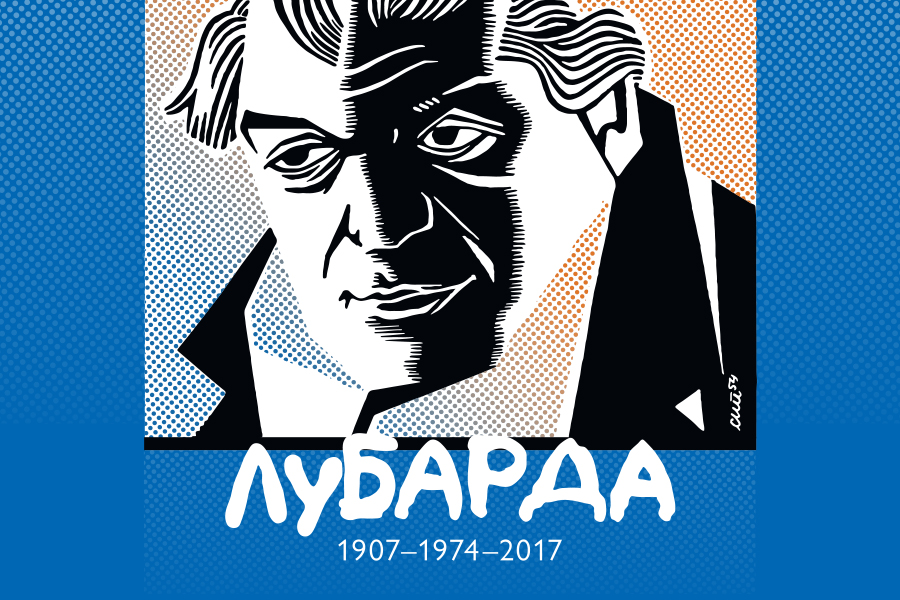This is a retrospective exhibition presenting a selection of works by Petar Lubarda made between and after the World Wars, up until the artist’s death.
The MSURS exhibition in Banja Luka will include works from the collection of the Belgrade Heritage Museum and the Pavle Beljanski Memorial Collection in Novi Sad, along with paintings from the Art Collection of the Serbian Academy of Sciences and Art in Belgrade, the National Museum in Smederevska Palanka and a private collection, as well as ample source materials, including single documents to be exhibited for the first time.
One of the paintings also to be shown in the exhibition is Petar Lubarda’s “Old Olive Tree”, from the collection of the Museum of Contemporary Art of the Republic of Srpska.
This is a joint project of the Pavle Beljanski Memorial Collection and the Belgrade Heritage Museum, organised to mark 110 years since the birth of Petar Lubarda, one of the greatest representatives of the 20th-century national modern art. Diplomat and art aficionado Pavle Beljanski, Lubarda’s friend and patron, added to his private art collection nine great works made by the artist in the interbellum. The Belgrade Heritage Museums houses the Legacy of Petar Lubarda, a unique place showing the painter’s studio and a collection of his works, among which the most outstanding those he made from the 1950’s up until the end of his life.
The exhibition was first staged in August 2017 at the Petrović Palace // Contemporary Art Centre of Montenegro in Podgorica, followed by the Pavle Beljanski Memorial Collection in Novi Sad, the Belgrade Heritage Museum and the Petar Lubarda Gallery in Andrićgrad in Višegrad. It will be shown in Banja Luka until 13 April 2018.
This project has been implemented under the aegis of the Ministry of Culture and Information of the Republic of Serbia, the AP Vojvodina Provincial Secretariat for Culture, Public Information and Relations with Religious Communities, the City of Belgrade Secretariat for Culture, and the Ministry of Education and Culture of the Republic of Srpska.

